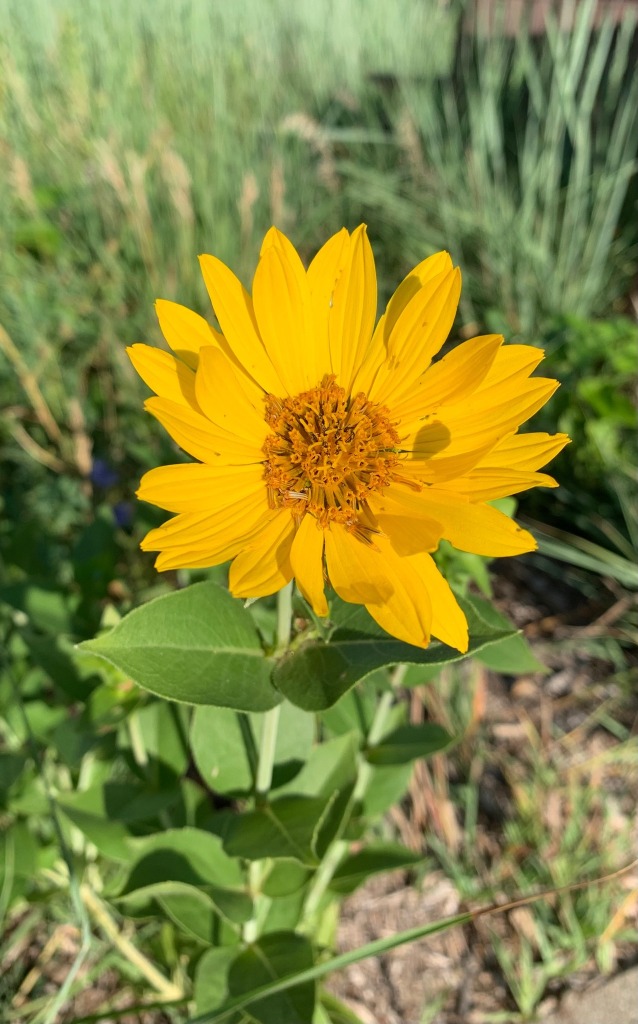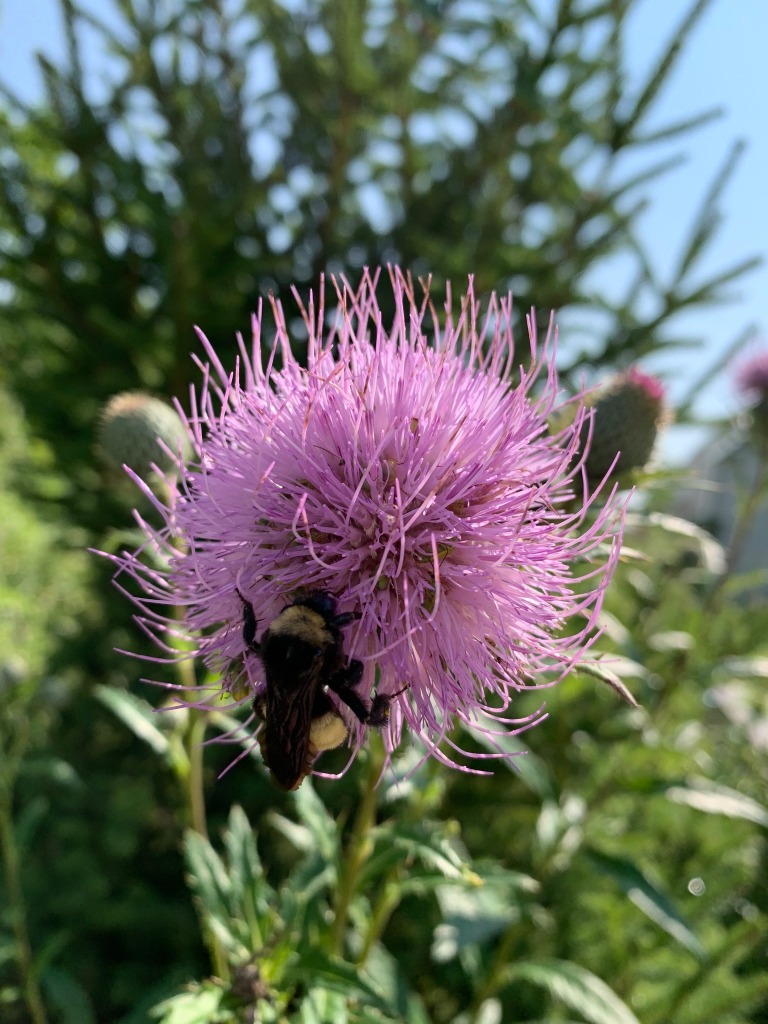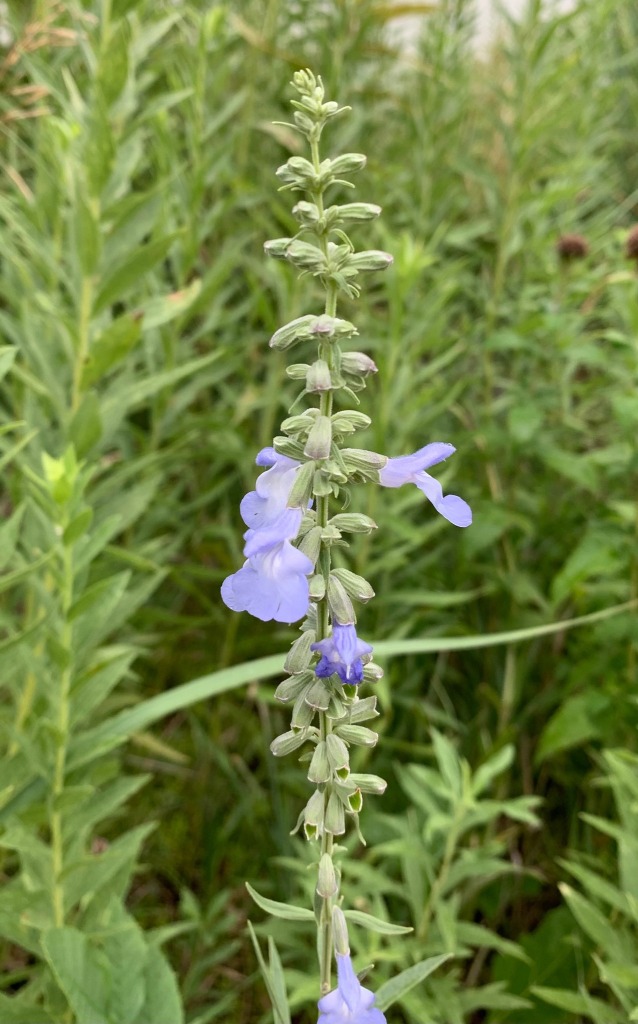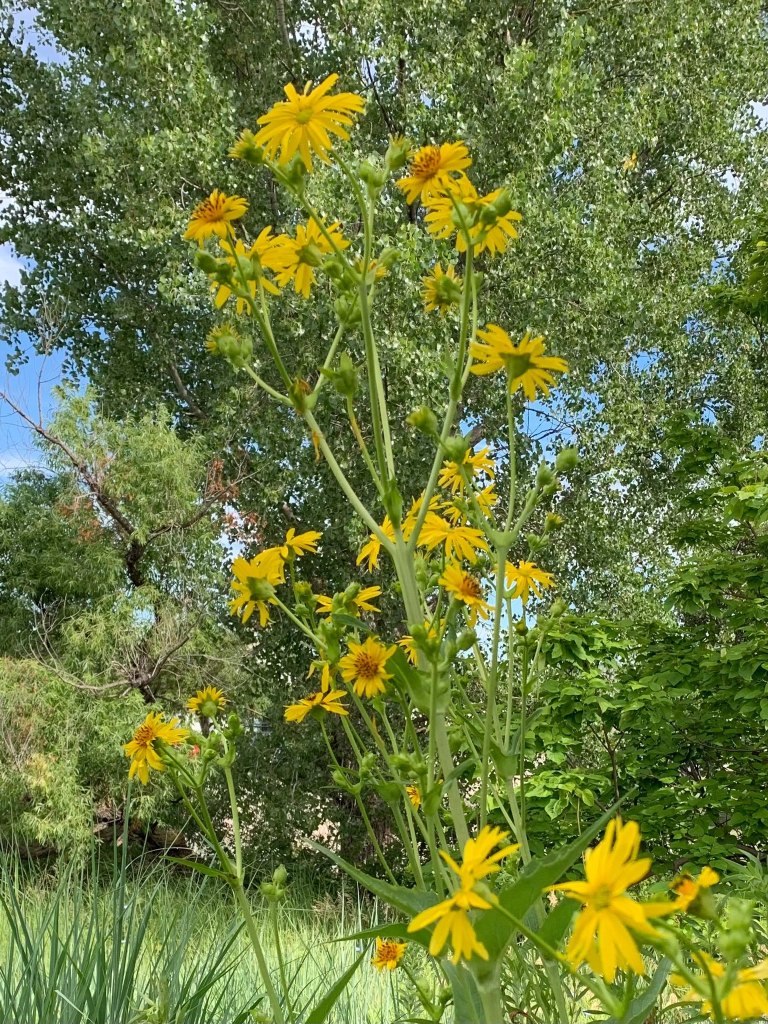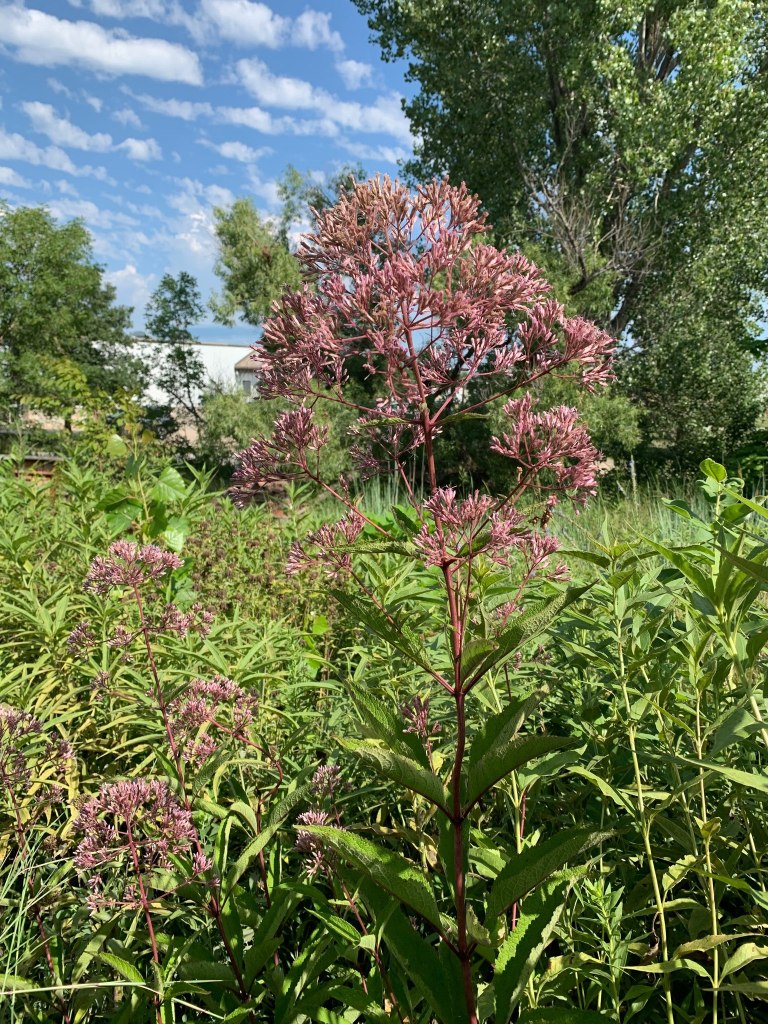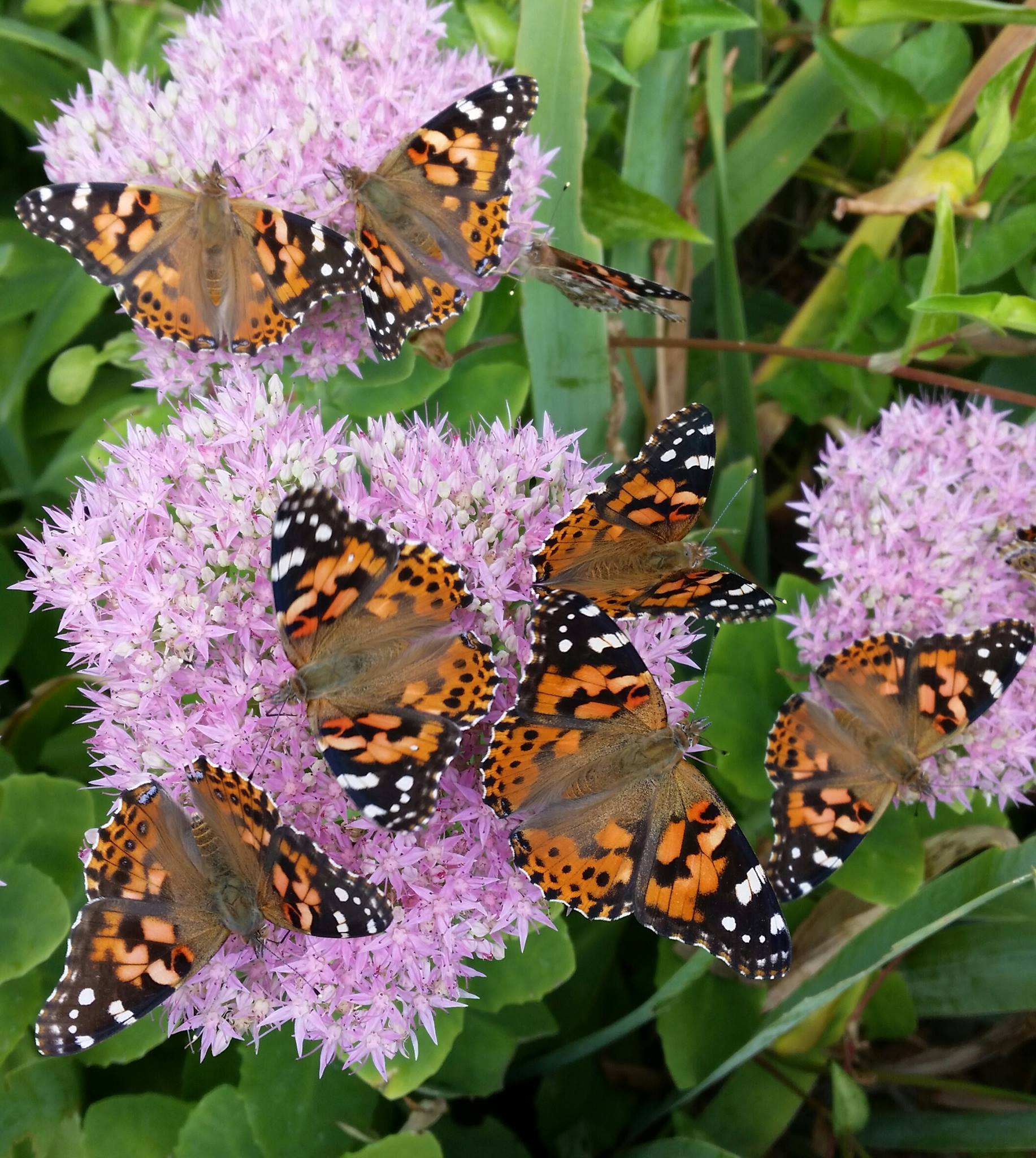 The Pollinator Talks & Tours on August 3 is a terrific opportunity to learn more about pollinators, plants and take a tour of pollinator habitats. The tours will be led by staff from the University of Nebraska-Lincoln (UNL) Department of Agronomy and Horticulture, Entomology, Backyard Farmer, Nebraska By Heart, Nebraska Forest Service and Nebraska Statewide Arboretum.
The Pollinator Talks & Tours on August 3 is a terrific opportunity to learn more about pollinators, plants and take a tour of pollinator habitats. The tours will be led by staff from the University of Nebraska-Lincoln (UNL) Department of Agronomy and Horticulture, Entomology, Backyard Farmer, Nebraska By Heart, Nebraska Forest Service and Nebraska Statewide Arboretum.
All events (with the exception of the 2 p.m. tour) begin from the Backyard Farmer (BYF) gardens east of UNL Keim Hall, 1825 N. 38th St in Lincoln, Nebraska.
At the BYF garden, FREE herbal tea will be available and for kids—pollinator activities, face-painting and make-your-own antennae.
Schedule of Events:
- 9 a.m. Tour of “Nebraska by Heart” installations on UNL east campus
- 10 and 11 a.m. Tours of the BYF garden and Maxwell, with a focus on plants for pollinators
- 12 p.m. Brown-bag on monarchs by Shauna Groenewold, Citizen Scientist & Monarch Enthusiast
- 2 p.m. Tour of Union Plaza pollinator plants starting from 2228 N. 21 St.
This event is sponsored by the Nebraska Statewide Arboretum, arboretum@unl.edu, 402-472-2971.
Event Links:
Looking for more family fun on August 3?
Enjoy the Pollinator Tours and Talks and then head over to the first official day of the Lancaster County Super Fair in Lincoln! Details at http://superfair.org
Here’s to Sharing the Buzz!
Soni
Nebraska Extension provides research-based information to help you make informed decisions any time, any place, anywhere – http://lancaster.unl.edu

